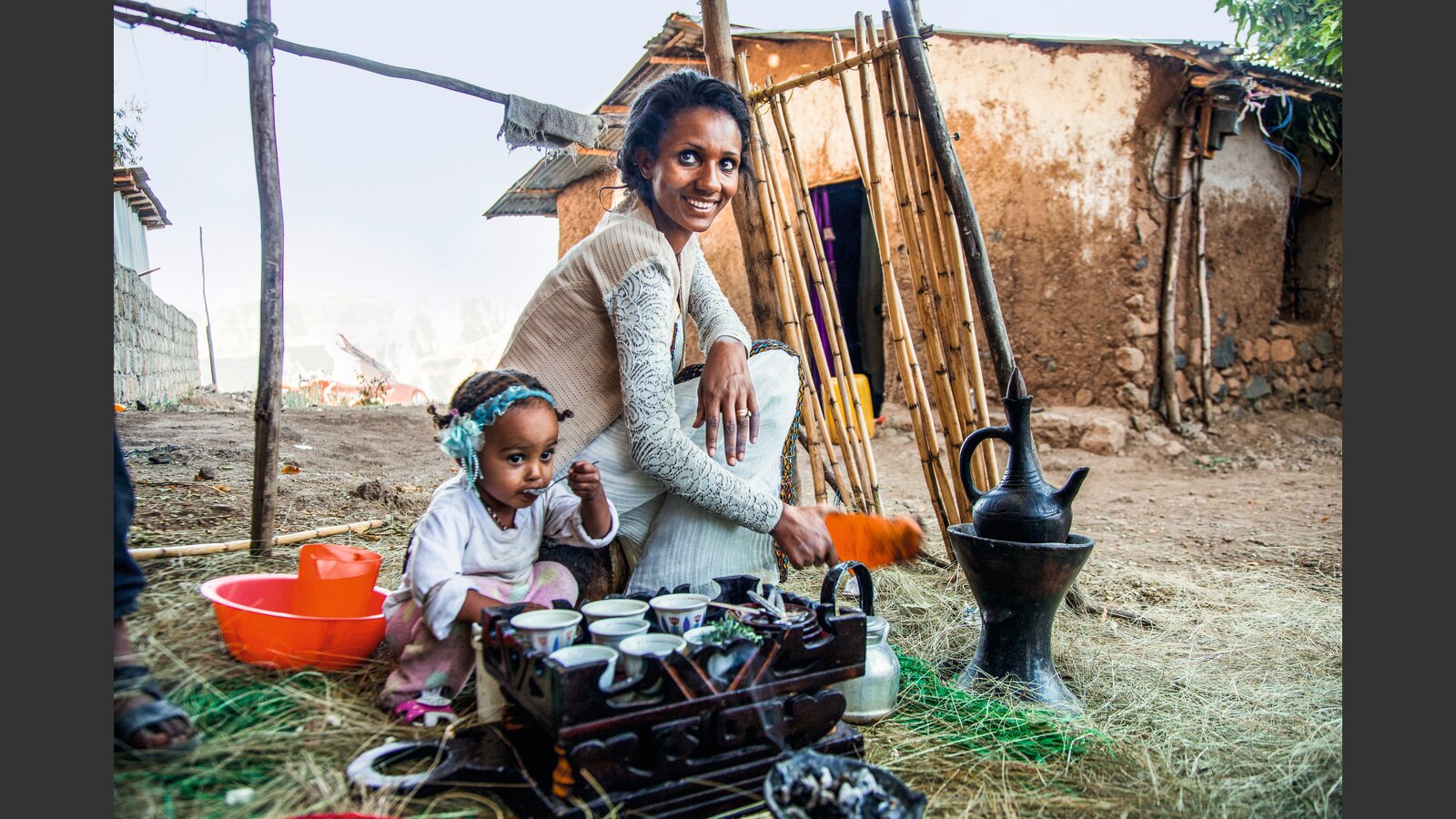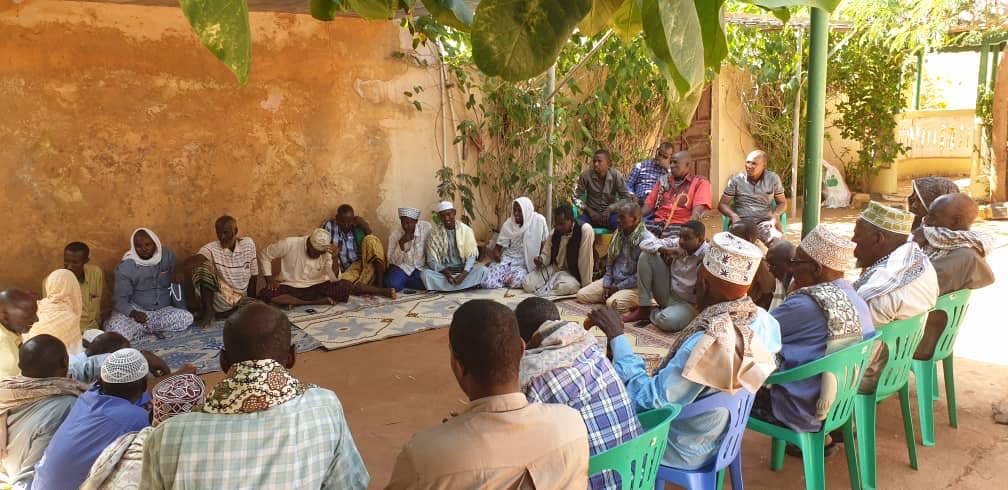

Photo credit: Life & Peace Institute, Approach & Methods
Three years ago, I was facilitating a workshop on mainstreaming human rights in peacebuilding for representatives of civil society organizations in Juba, South Sudan.
One elderly man recounted his ordeal of that country’s civil war. He introduced himself as someone born in war, grown up in war, married in war, and retired in war. “Of all the wars I have seen, there is nothing more appalling and traumatic than the recent South Sudan Civil War,” he said.
“Unlike the previous wars between the South and the North, this war was fought between people who call themselves brothers, people who have eaten together, people who have known each other for years. We were neighbours killing one another, that makes it deeply traumatic and difficult to heal,” he stated.
However, 'neighbours turning against neighbours’ is not peculiar to South Sudan. It is a common thread we often hear in all acts of genocides, ethnic cleansing, or other types of atrocious crimes against humanity. During the Rwandan genocide, Andrew Birasa, a resident in a village in Southern Rwanda, shared his story with World Vision: “It was a surprise to us – to me especially. Before the genocide, we lived in peace and harmony. We did intermarriages between the Hutus and Tutsis…We were like brothers. But things changed all of a sudden and people started killing each other.”
In civil wars, it is not only the physical infrastructure – roads, buildings, factories – that are destroyed, but also social bonds of trust, sisterhood or brotherhood, and the sense of community gets torn apart too. “Hatred developed among people in this village…Those who survived against those who killed. Those friendships that characterized this village disappeared. It was replaced by hatred and distance,” Andrew continued. Post-conflict peacebuilding programs that emphasize infrastructure and ignore community-building increase the risk of further conflict.
For years, the United Nations, NGOs, and Western governments have pursued what is known as the State-building approach to peacebuilding.
The goal is to create strong, democratic, and legitimate state institutions that can maintain peace and ultimately deliver economic development. Mirroring the Western experience, this model is built on promoting three key pillars:
It is postulated that these three pillars would create, therefore, a conducive environment for the free market economy to flourish and therefore contribute to stability through the forces of economic interdependence and integration into the global capitalist market.
As a result, for the past 30 years, the State-building model has ostensibly guided the efforts of Western governments, international institutions, the United Nations, and other peacebuilding NGOs to stabilise and rebuild war-torn countries in the global south. Lots of resources have been poured into, for example, Security Sector Reform (SSR); Disarmament, Demobilization and Reintegration (DDR) of former soldiers; and conducting democratic elections. On the contrary, little attention was paid to:
Peacebuilding from below refers to grassroots and initiatives (often by peacebuilding NGOs) that aim to build sustainable peace among communities. It goes beyond dealing with the political and economic costs of war to addressing the social and cultural dimensions of war. Moreover, it relies on the local knowledge of the people affected by war to bring about peace. Below are some examples of different forms of Peacebuilding from below implemented by different peacebuilding organizations.
Interpeace works to re-establish trust among societies that have experienced conflicts. “Trust is the glue that holds relationships, societies, and economies together. Violent Conflict results in the breakdown of trust and that is why rebuilding it is a core element of our approach.” Interpeace provides safe spaces for dialogue where societies through collaboration identify the obstacles to lasting peace and develop solutions to common problems.
Search for Common Ground (SfCG) works to “change the everyday interactions between groups of people in conflict, so they can work together to build up their community, choosing joint problem-solving over violence.” They promote conflict transformation through safe community spaces (e.g., soccer matches, participatory theatre, shared farming projects, etc.); media (e.g., TV dramas, call-in radio shows, music videos etc.); and dialogue (e.g., mediation, training youth leaders, back-channel diplomacy, etc).
Life & Peace Institute defines dialogue as “the art of bringing people with different experiences and perspectives together to listen and share.” The organization uses different models of dialogue such as Sustained Dialogue, community dialogues, women-to-women dialogues, and dialogues on traditional methods of conflict resolution to broaden and deepen understanding among parties to a conflict in order to change relationships and catalyses joint action to address conflict.
Despite progress in rebuilding the social fabrics following a conflict, the dominant peacebuilding model remains the State-building approach. Often, issues pertinent to seeking truth and reconciliation, rebuilding trust between communities, and drawing upon traditional methods of conflict resolutions are sidelined. Consequently, the root causes of conflicts never really get resolved. Peace agreements simply become recipes for another conflict.
In conclusion, by reinvigorating peacebuilding from below through peacebuilding NGOs, we could help build locally owned and sustainable peace where the people themselves become the guarantors of their own peace.
World Vision, Rwanda Genocide: Healing Hearts
Doyle, M. W. (2005). Three Pillars of the Liberal Peace. The American Political Science Review, 99(3) 463-466.
United Nations (1992). An Agenda for Peace
Interpeace, Peacebuilding Principles, Building Trust
Search for Common Ground, Mission Statement
Life & Peace Institute, Approach & Methods
Stockholm 1972 : la naissance du droit international de l’environnement
Le droit international de l’environnement I : Quel intérêt ?
A Human Rights based response to COVID-19
Life & Peace Institute, Approach & Methods